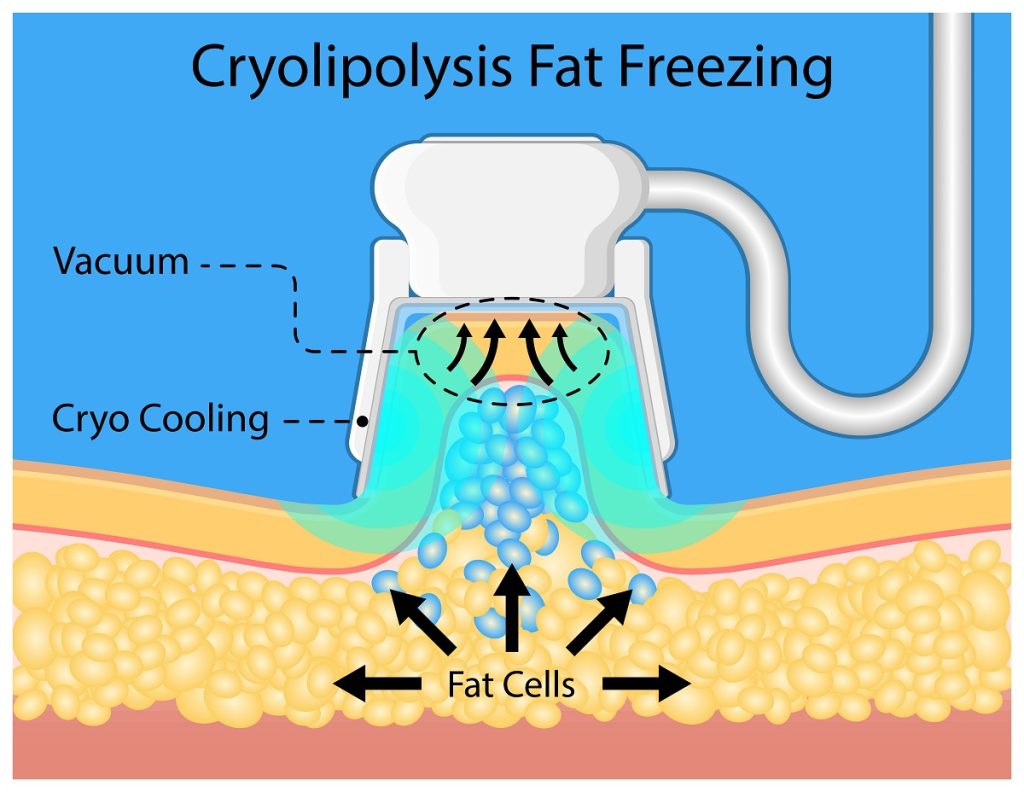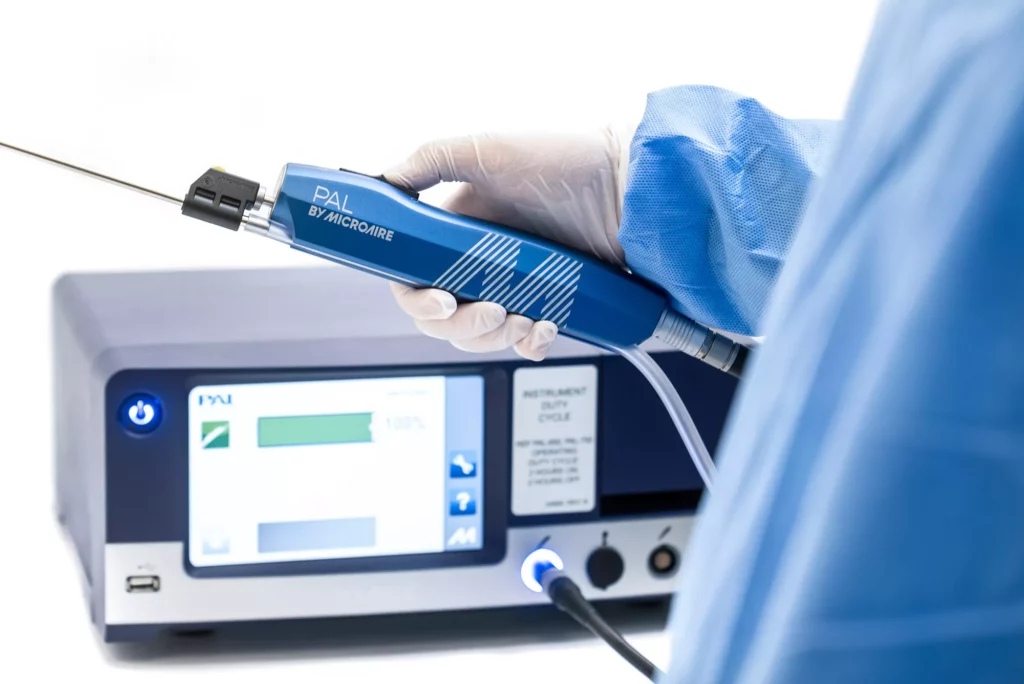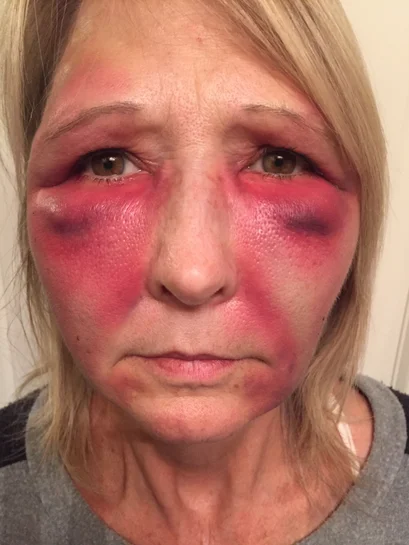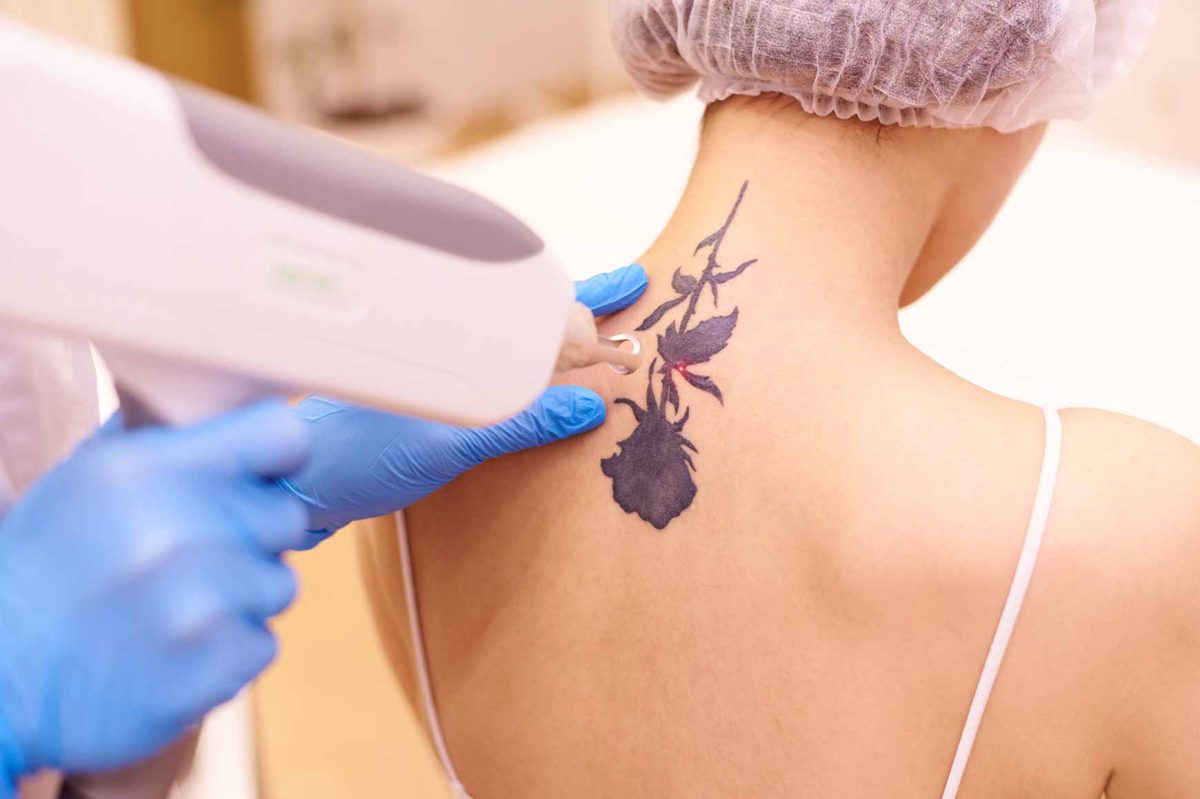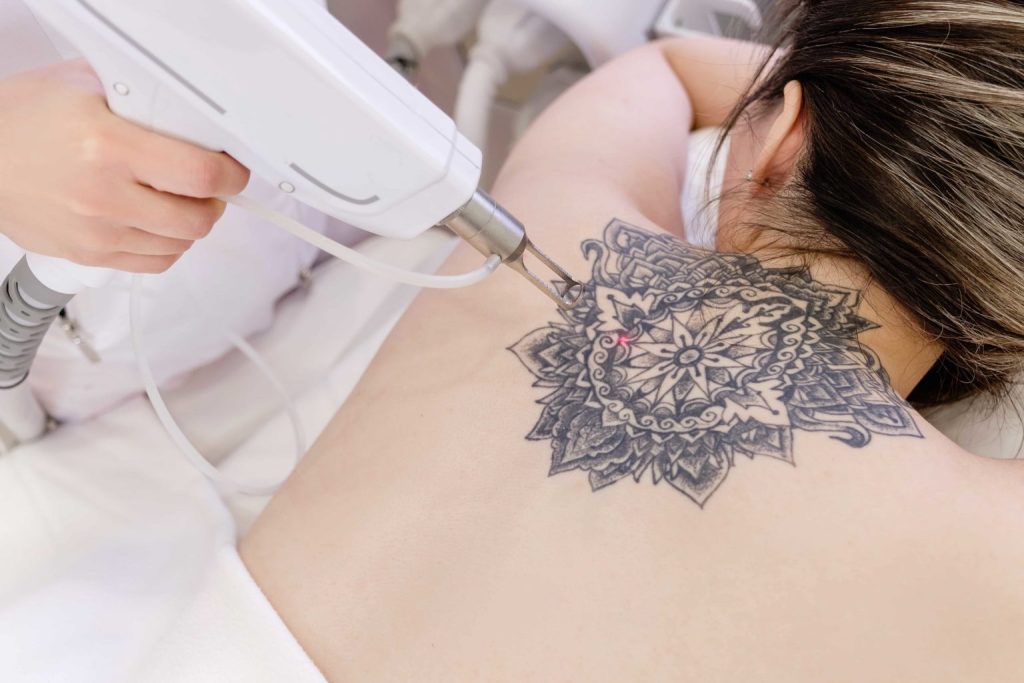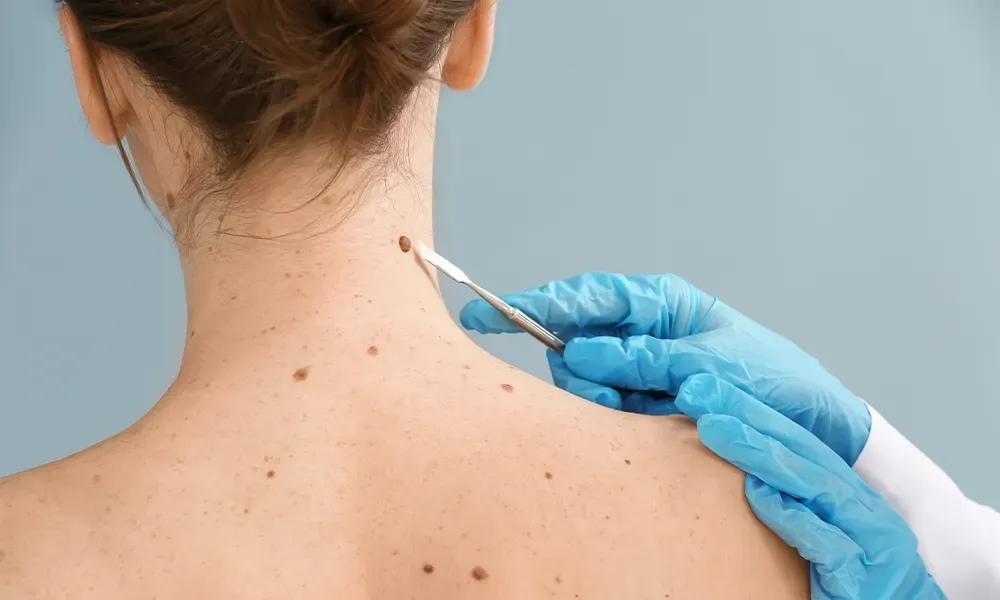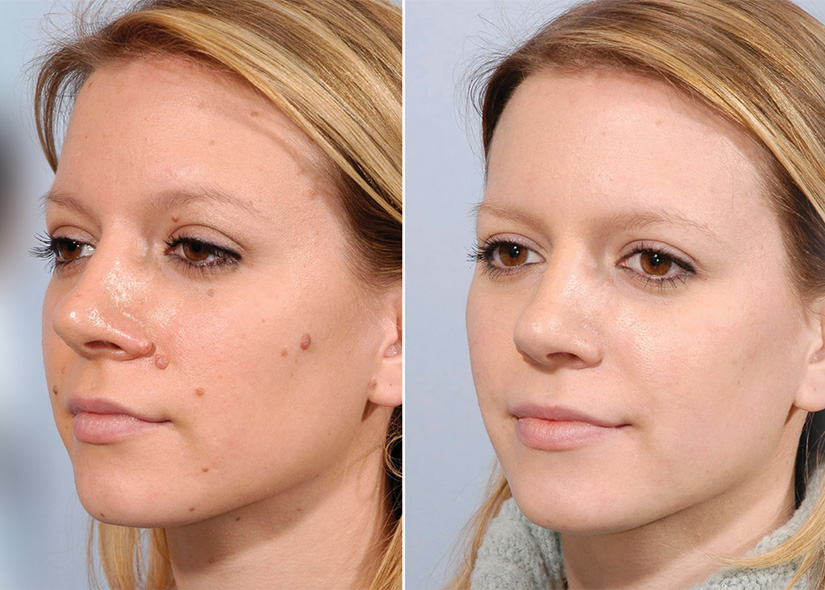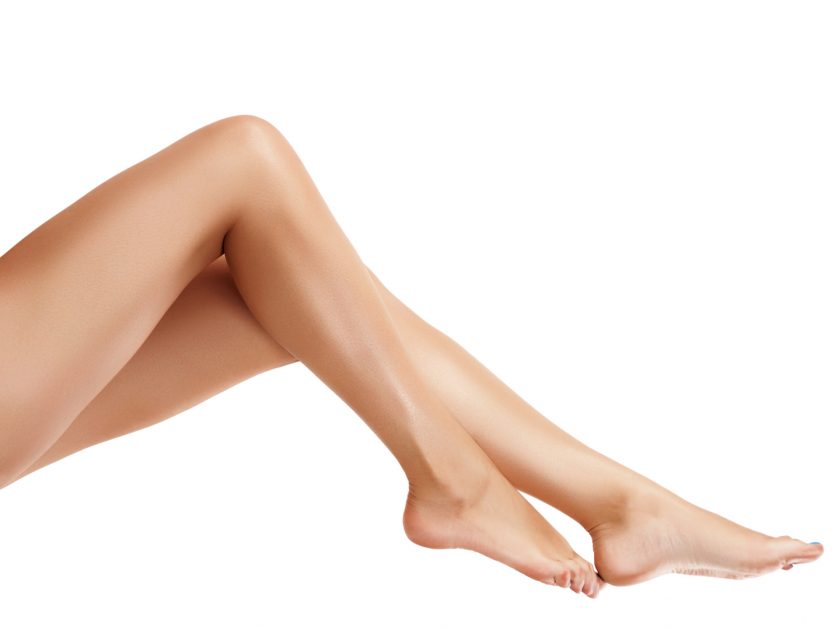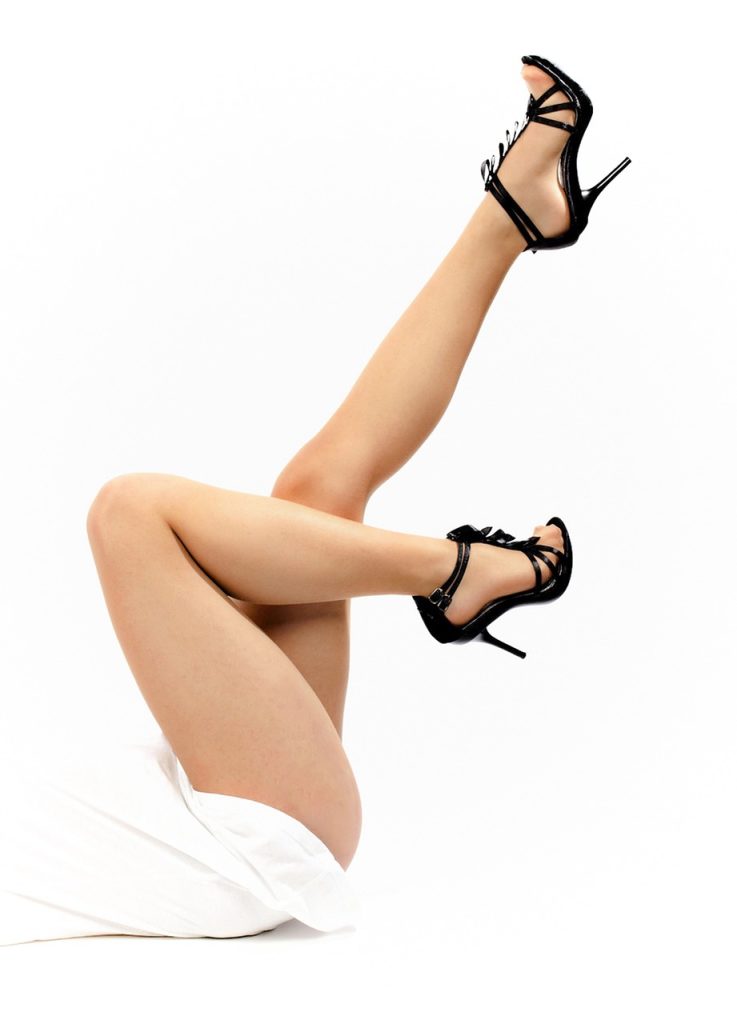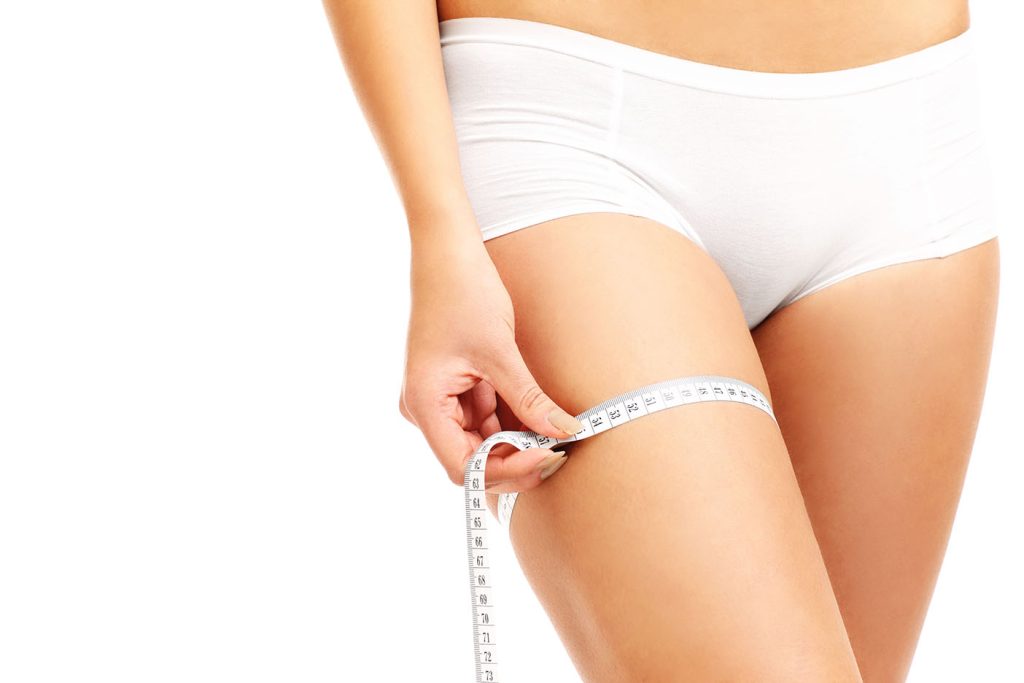Ever wondered when it’s safe for liposuction patients to hit the pool after the liposuction procedure with a cosmetic surgeon or plastic surgeon? Swimming after liposuction can be a great way to stay active and aid overall healing, but timing is crucial after cosmetic procedures. Jumping in too soon can jeopardize your healing process. Knowing when to swim in the swimming pool helps you avoid complications and maximize your overall healing results after liposuction with a plastic surgeon.
In this post, we’ll dive into the best practices for swimming after liposuction and plastic surgery for overall healing, as advised by a plastic surgeon. We’ll cover essential tips, expert advice, and safety guidelines for the swimming pool to ensure you make a splash at the right time, while being patient for overall healing after liposuction. Stay tuned to learn how to blend your love for swimming with a smooth recovery journey and overall healing after liposuction, being patient throughout the process.
Understanding the Recovery Timeline
General Timeline
Most patients can resume swimming 4-6 weeks after liposuction plastic surgery. This period allows the body to heal. Different recovery times depend on the specific procedure done.
Liposuction recovery often takes about four weeks. Tummy tuck recovery may extend to six weeks or more, including time away from the swimming pool. Breast augmentation recovery time varies but generally falls within this range, especially before returning to the swimming pool.
Importance of Healing
Incisions must fully heal before swimming. Water can introduce bacteria, leading to infection. Ensuring optimal recovery is crucial for long-term results.
Following your surgeon’s advice is essential. Ignoring aftercare recommendations can result in complications. Proper healing ensures better surgical outcomes.
Surgeon’s Advice
Surgeons provide detailed aftercare recommendations. These include avoiding strenuous activities like swimming. Respecting these guidelines helps prevent setbacks.
Patients should attend all follow-up appointments. Surgeons monitor progress and adjust recovery plans if needed. This personalized care aids in a smooth recovery process.
Preventing Complications
Swimming too soon can cause issues. Infections, delayed healing, and poor surgical results from a swimming pool are potential risks. Adhering to the recommended timeline minimizes these dangers.
Proper wound care is vital during the surgery recovery process. Keeping incisions clean and dry prevents infections. Using prescribed ointments supports healthy healing.
Long-Term Benefits
Future recovery depends on initial care. Following guidelines now ensures fewer problems later. Patients who adhere to their surgeon’s advice often experience better outcomes.
Long-term benefits include improved appearance and confidence. Proper healing enhances the overall success of the surgery. It also reduces the need for additional procedures.
Assessing Swimming Readiness
Fully Closed Incisions
Before jumping into a swimming pool, it’s crucial to ensure that all incisions are completely closed. Open wounds can lead to infections when exposed to water. Check for any signs of redness or discharge around the incision area. These could indicate that the wound is not yet fully healed.
Consult your plastic surgeon if you’re unsure about the state of your incisions. They can provide a professional assessment and give you the green light for swimming.
Absence of Soreness or Swelling
eness and swelling are common after fat removal surgery. However, these symptoms should subside over time. Persistent soreness or swelling may suggest that your body hasn’t fully recovered.
Monitor your body’s response to daily activities. If simple movements cause discomfort, swimming might aggravate your condition. Wait until you feel comfortable performing regular tasks without pain.
Consulting Your Surgeon
Always consult with your plastic surgeon before resuming any physical activity, including lap swimming. Surgeons offer personalized advice based on your healing progress and medical history.
They can recommend a suitable timeline for returning to the pool. This helps prevent complications and ensures a safer recovery process.
Signs of Healing Progress
Several signs indicate that your body is ready for swimming:
-
No visible scabs: The absence of scabs shows that the skin has healed.
-
Normal skin color: The affected area should match your natural skin tone.
-
Flexibility: You should be able to move without stiffness or pain.
These signs demonstrate that your body has sufficiently healed and can handle the demands of swimming.
Monitoring Recovery Time
Recovery times vary from person to person. Generally, most people can resume light activities within two weeks post-surgery. However, high-impact activities like swimming often require more time.
Typically, doctors advise waiting at least four to six weeks before entering a pool. This period allows your body to heal properly and reduces the risk of complications.
Post-Swim Care
After getting approval to swim, take extra precautions during and after your swim sessions. Rinse off immediately after leaving the pool. Chlorine and other chemicals can irritate sensitive skin.
Apply a moisturizing lotion to keep the skin hydrated. Avoid water slides or any activities that might strain your healing body parts.
Risks of Early Swimming
Infection Risk
Swimming too soon after fat removal surgery can lead to infections. Pools, lakes, and oceans contain bacteria. These bacteria can enter the body through surgical wounds. Infection from bacteria in water is a significant risk during the healing process.
Chlorinated pools are not entirely safe either. Chlorine can irritate incision sites. This irritation may delay healing and increase the risk of infection.
Disrupting Sutures
Early swimming can disrupt sutures and incision sites. Movements in water can strain these areas. Stitches might come undone or shift out of place. Disrupting sutures can cause wounds to reopen.
This disruption leads to longer recovery times. Reopened wounds need more time to heal properly. Additional medical attention may be necessary to fix disrupted sutures.
Scar Stretching
Swimming involves various physical activities. These activities can stretch scars, affecting their appearance. Stretching scars can make them wider or more noticeable.
Straining sutures while swimming puts pressure on healing tissues. This pressure affects how scars form and look over time. Affecting scar appearance is a common concern for patients after surgery.

Extended Recovery Time
Swimming too early extends recovery time. Healing tissues need rest and minimal movement. Water activities increase the risk of complications, making recovery slower.
Extended recovery time means more discomfort and potential setbacks. Patients must follow post-surgery instructions carefully to avoid prolonged healing periods.
Increased Pain
Early swimming can also increase pain levels. Water resistance adds stress to healing areas, causing discomfort. Increased pain is a clear sign that the body is not ready for such activity.
Pain indicates that the healing process is being interrupted. Ignoring this pain can lead to further complications and delayed recovery.
Potential Complications
Complications from early swimming include:
-
Wound reopening
-
Increased infection risk
-
Prolonged swelling
-
Delayed scar formation
These complications require additional medical care and extend the overall recovery process.
Protecting Your Surgical Area in Water
Waterproof Bandages
Waterproof bandages can protect incision areas during swimming. These bandages keep water out and help prevent infections. Surgeons often recommend waterproof bandages for patients who want to swim after surgery. They are especially useful for body procedures like liposuction surgery or tummy tuck incisions.
Keeping Areas Dry
Keeping surgical areas dry is crucial, even when swimming is safe. Moisture can cause infections and slow the healing process. Cosmetic surgery patients should always keep their incision areas clean and dry. Avoid soaking in pools or hot tubs until fully healed.
Gentle Swimming Techniques
Gentle swimming techniques help minimize strain on surgical areas. Slow, controlled movements are best. Avoid vigorous strokes that may disrupt healing. Patients recovering from facial surgery incisions should avoid underwater activities. This can help prevent additional surgeries.
Surgeon’s Advice
Always follow your surgeon’s advice regarding swimming after surgery. Plastic surgeons provide specific guidelines based on individual cases. Consult your plastic surgeon before returning to water activities. They will assess your healing progress and determine if it is safe.
Pool Cleaning Precautions
Proper pool cleaning is essential to minimize infection risks. Ensure the pool has balanced chemicals and good filtration systems. Avoid public pools if possible, as they may harbor more bacteria. Private pools are usually safer for cosmetic surgery patients.
Sun Exposure and Healing
Protecting Scars
Scars need protection from the sun. Sun exposure can darken scars and make them more noticeable. This is especially important after fat removal surgery.
Use broad-spectrum sunscreen on healed incision sites. SPF 30 or higher is best. Apply it generously and reapply every two hours. Cover the scars with clothing or bandages when possible.
Healing Process
The healing process varies for everyone. Some people heal quickly, while others take longer. Sun exposure can slow down healing. It can cause redness, swelling, and even infection.
Avoid direct sunlight during peak hours, usually between 10 a.m. and 4 p.m. Stay in shaded areas to protect your skin.
Swimming Tips
Swimming is a great exercise after surgery. It helps improve circulation and speeds up healing. However, swimming in direct sunlight can harm your skin.
Swim in shaded areas or use a pool with an umbrella or canopy. Early morning or late afternoon are the best times to swim.
Sunscreen Use
Sunscreen is essential for protecting your skin. Choose a broad-spectrum sunscreen that protects against both UVA and UVB rays. Look for water-resistant formulas if you plan to swim.
Apply sunscreen at least 15 minutes before going outside. Don’t forget to cover all exposed areas, including your face, neck, and ears.
Clothing Choices
Wear protective clothing when outside. Long sleeves, pants, and wide-brimmed hats can shield your skin from the sun. Lightweight fabrics like cotton are comfortable and effective.
Special UV-protective clothing is also available. These garments offer extra protection without being too heavy or hot.
Monitoring Healing
Keep an eye on your scars as they heal. Watch for signs of infection like redness, warmth, or pus. If you notice any issues, contact your doctor immediately.
Choosing the Right Swimwear
Adequate Coverage
After fat removal surgery, it’s crucial to select a swimsuit that provides adequate coverage. This helps protect incisions and scars. Opt for swimwear that covers the surgical area completely. High-waisted bottoms or one-piece swimsuits can offer better protection. Ensure that the material is soft and does not chafe against the skin.
Supportive Swimwear
Compression swimwear can be beneficial during recovery. It supports the body and reduces swelling. Look for swimsuits with built-in compression panels. These panels provide gentle pressure on the surgical area. This can help in reducing post-surgery swelling and discomfort. Compression swimwear also aids in maintaining the shape of the treated area.
Avoiding Tight Swimwear
Avoid tight or restrictive swimwear. Such garments can irritate incision sites. They might disrupt the healing process by putting unnecessary pressure on the scars. Choose a new swimsuit that fits well but is not too tight. Loose-fitting swimwear allows for better air circulation around the healing areas.
Water Volleyball Considerations
If planning to engage in activities like water volleyball, ensure your swimsuit offers extra support. Movements during such activities can strain the surgical area. A supportive swimsuit minimizes this risk. Look for options with adjustable straps and secure closures.
Post-Surgery Adjustments
For those who have undergone additional procedures like breast augmentation, choosing the right swimwear becomes even more critical. Swimsuits with built-in bras or extra padding can provide necessary support. Ensure that these features do not press against any incision sites.
Lip Flip Precautions
Though less invasive, procedures like a lip flip still require consideration when selecting swimwear. Avoid swimsuits with high necklines if you have facial incisions or sensitive areas near the neck.
Speeding Up Recovery
Balanced Diet
A balanced diet plays a crucial role in recovery. Patients should eat foods rich in vitamins and minerals. These nutrients help repair tissues and reduce inflammation. Protein is essential for muscle healing.
Hydration is equally important. Drinking plenty of water helps flush out toxins. It also keeps the skin hydrated, aiding in recovery.
Rest and Healing
Rest is vital after fat removal surgery. The body needs time to heal itself. Patients should avoid strenuous activities initially. Sleep is also important for recovery.
Gentle movements can prevent stiffness. Short walks are beneficial. They promote blood circulation without causing strain.
Gentle Exercise
Surgeons often recommend gentle exercises. Swimming can be a good option once the surgeon approves it. It’s low-impact and helps improve circulation.
Patients should start with light activities. Listen to the body and avoid overexertion. Gradually increase activity levels as healing progresses.
Follow-Up Appointments
Attending all follow-up appointments is critical. These visits allow the surgeon to monitor progress. Any complications can be detected early.
Patients should discuss any concerns during these visits. Surgeons provide personalized advice based on individual recovery rates.
Emotional Support
Recovery isn’t just physical; it’s emotional too. Patients may feel anxious about their appearance or healing process. Talking to friends or joining support groups can help.
Surgeons can also provide reassurance and guidance. Knowing what to expect can ease anxiety.
Safety Tips for Sunbathing
Wait for Confirmation
Always wait until the surgeon confirms it is safe to expose healing incisions to direct sunlight. Healing tissues are sensitive and can easily get damaged by UV rays. Surgeons usually advise waiting at least 4-6 weeks after surgery.
Use High SPF Sunscreen
Apply high SPF sunscreen to protect sensitive skin and scars from UV damage. Sunscreens with SPF 30 or higher are recommended. Reapply every two hours, especially after swimming or sweating.
Seek Shade
Stay in the shade whenever possible. Direct sunlight can be harmful to healing skin. Using an umbrella or sitting under a tree can provide necessary protection.
Wear Protective Clothing
Wear protective clothing to cover and shield the surgical area while sunbathing. Long-sleeved shirts, wide-brimmed hats, and sunglasses can help. These items block harmful UV rays and prevent sunburn.
Avoid Peak Sun Hours
Avoid sunbathing during peak hours, typically between 10 AM and 4 PM. The sun’s rays are strongest during this time, increasing the risk of skin damage.
Summary
You now know the essentials of swimming after fat removal. From understanding the recovery timeline to choosing the right swimwear, we’ve covered it all. Prioritize your healing by following these guidelines and avoid risks like infection or prolonged recovery.
Ready to dive back in? Just remember, patience is key. Listen to your body and consult your surgeon before taking the plunge. Your safety and well-being come first. Got questions? Drop them in the comments below!
Frequently Asked Questions
When can I start swimming after fat removal surgery?
Typically, you should wait at least 4-6 weeks before swimming. Always consult your surgeon for personalized advice.
What are the risks of swimming too soon after fat removal?
Swimming too soon can increase infection risk and disrupt healing. Water exposure might also cause complications in the surgical area.
How can I protect my surgical area while swimming?
Use waterproof dressings and avoid submerging the treated area for extended periods. Consult your surgeon for specific recommendations.
Is sun exposure harmful during recovery from fat removal?
Yes, sun exposure can interfere with healing and cause pigmentation changes. Use sunscreen and protective clothing when outdoors.
What type of swimwear is best post-surgery?
Choose loose-fitting, comfortable swimwear that doesn’t press on the surgical area. Avoid tight or restrictive garments.
Are there ways to speed up recovery after fat removal surgery?
Follow your surgeon’s instructions, maintain a healthy diet, stay hydrated, and avoid strenuous activities. Proper care accelerates healing.
Can I sunbathe after fat removal surgery?
Avoid direct sunbathing until fully healed. Sun exposure can damage the skin and hinder recovery. Use high SPF sunscreen and protective clothing.





